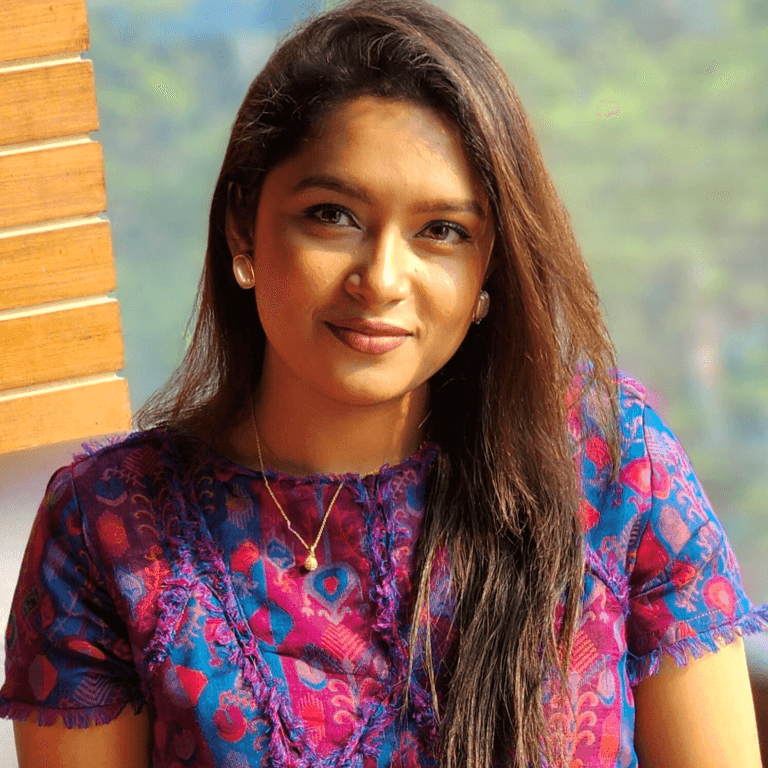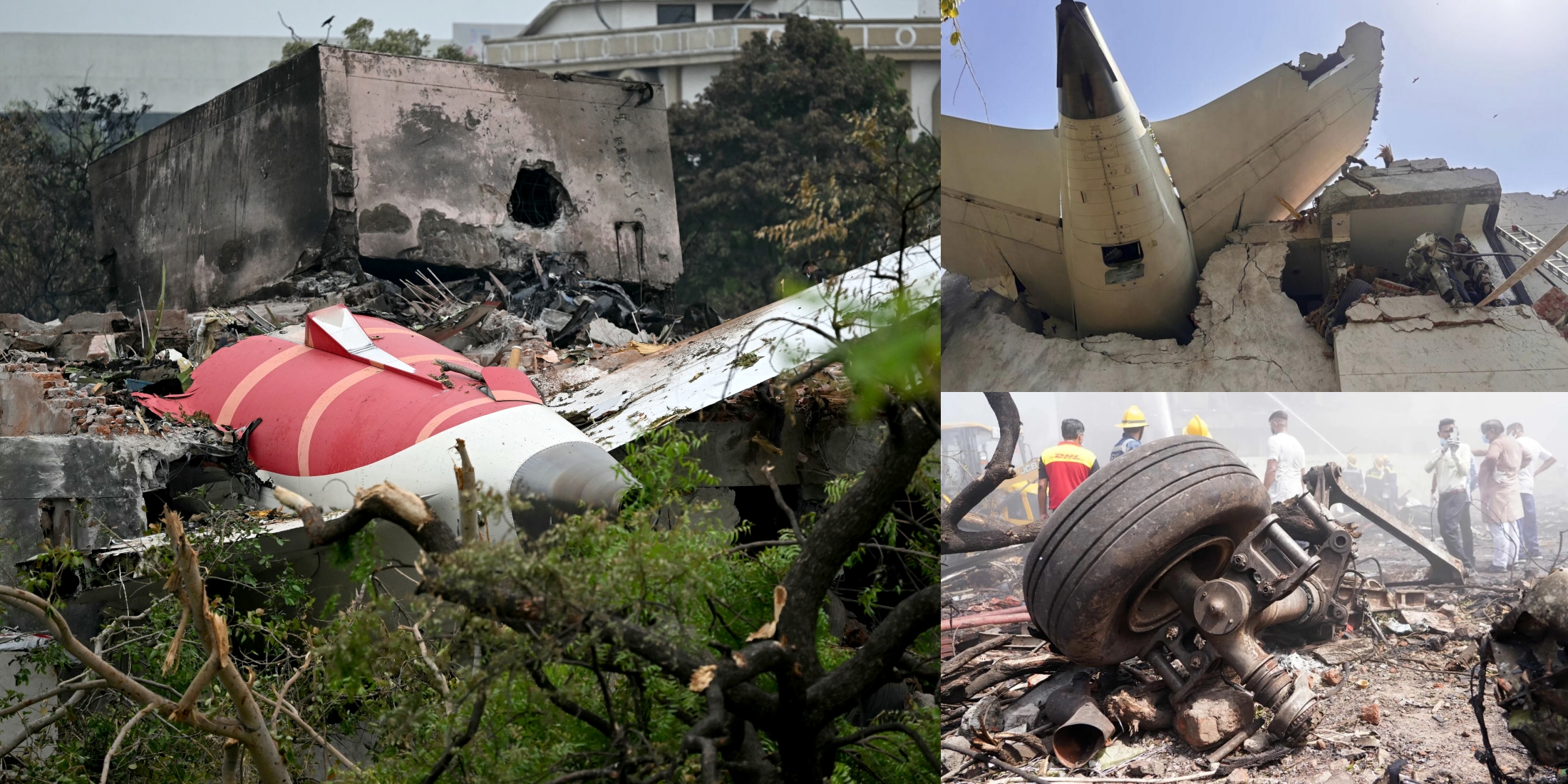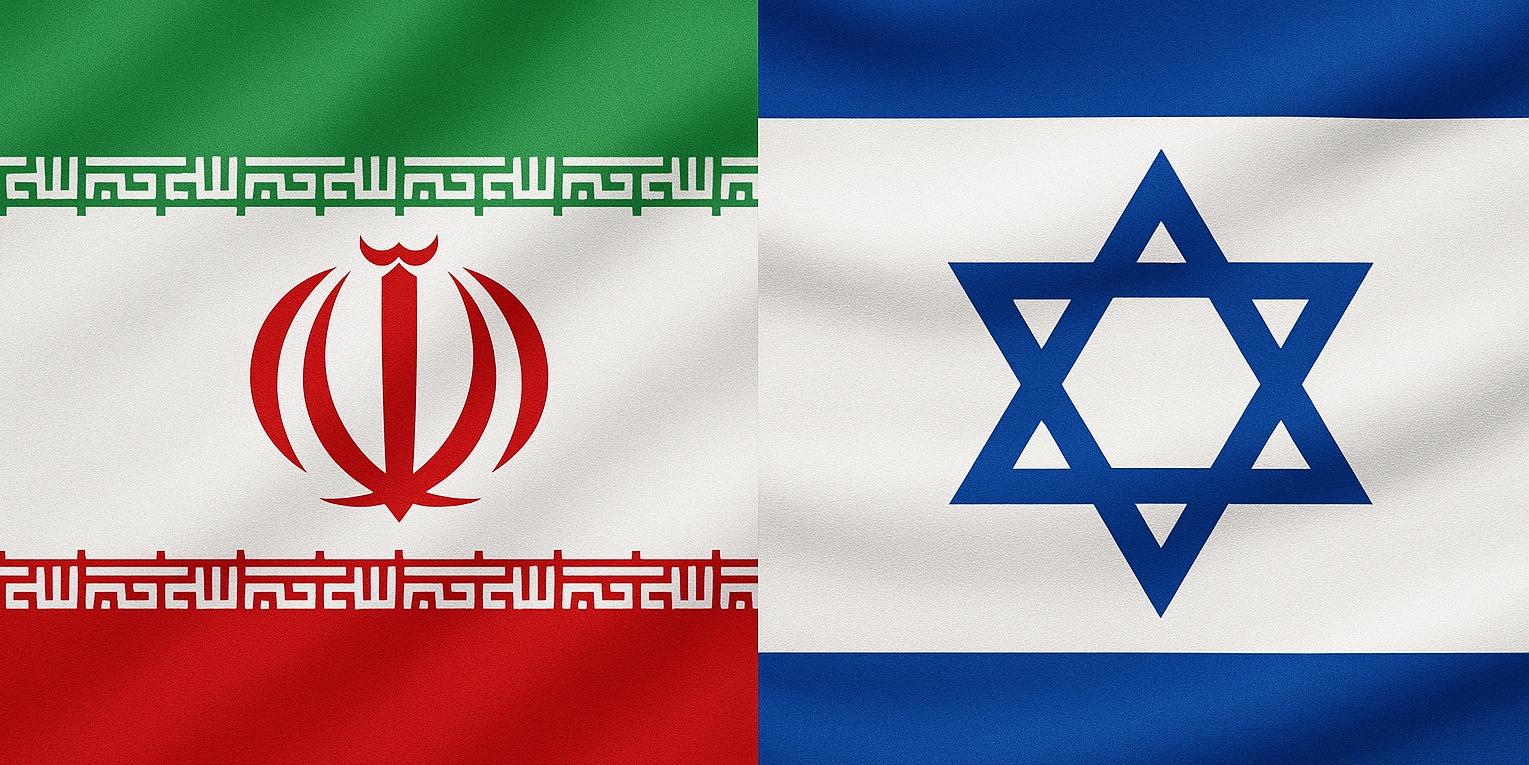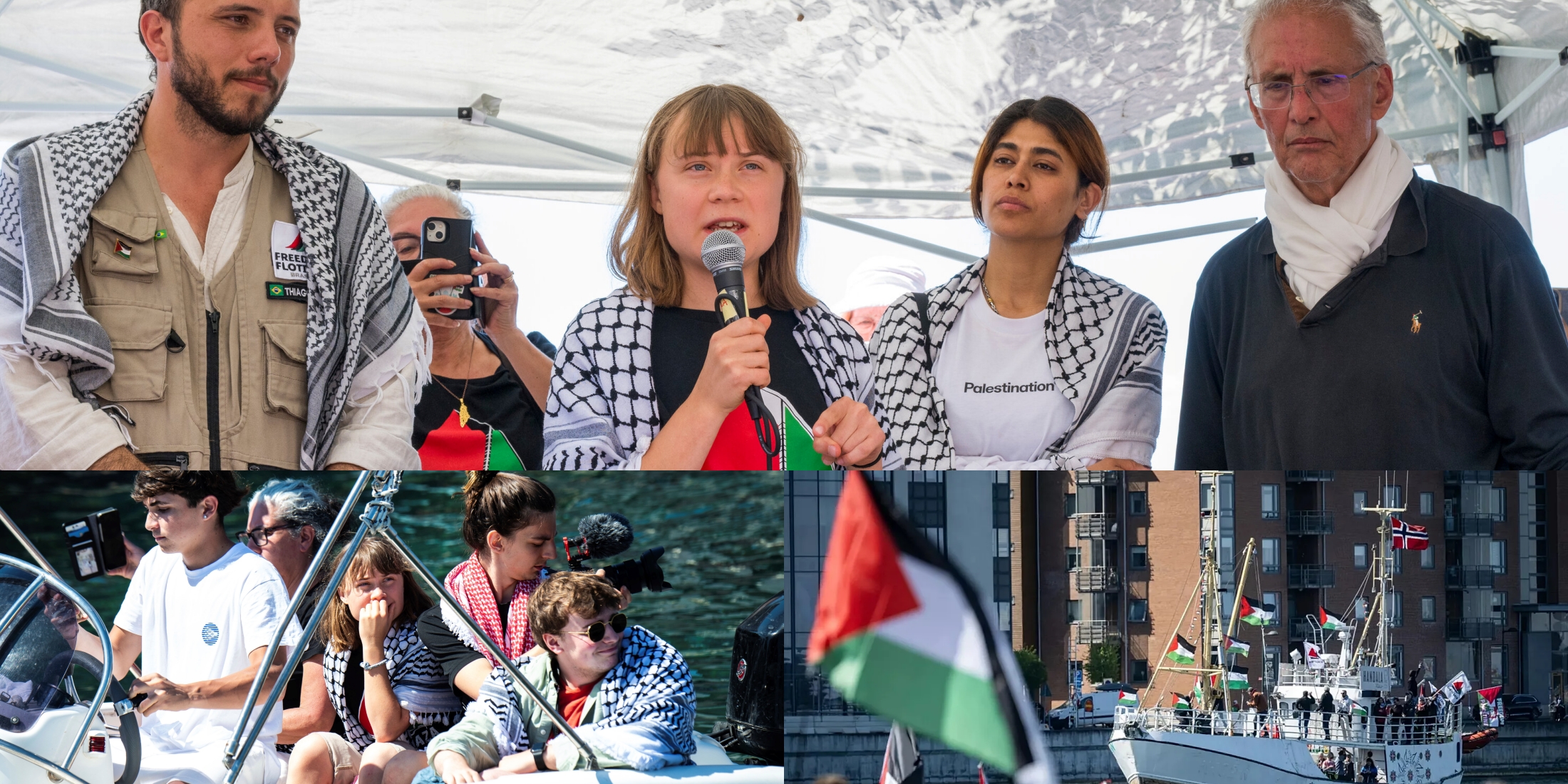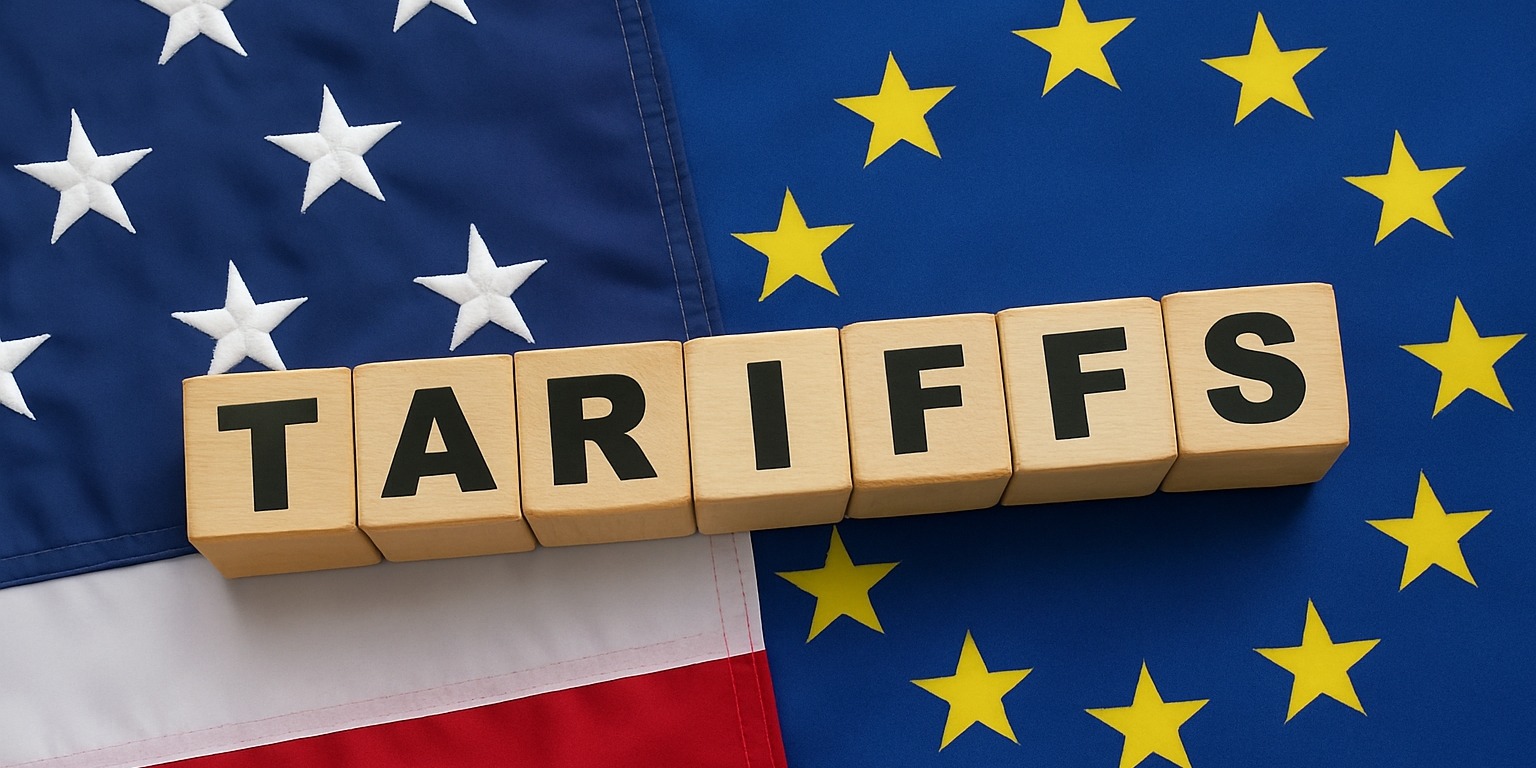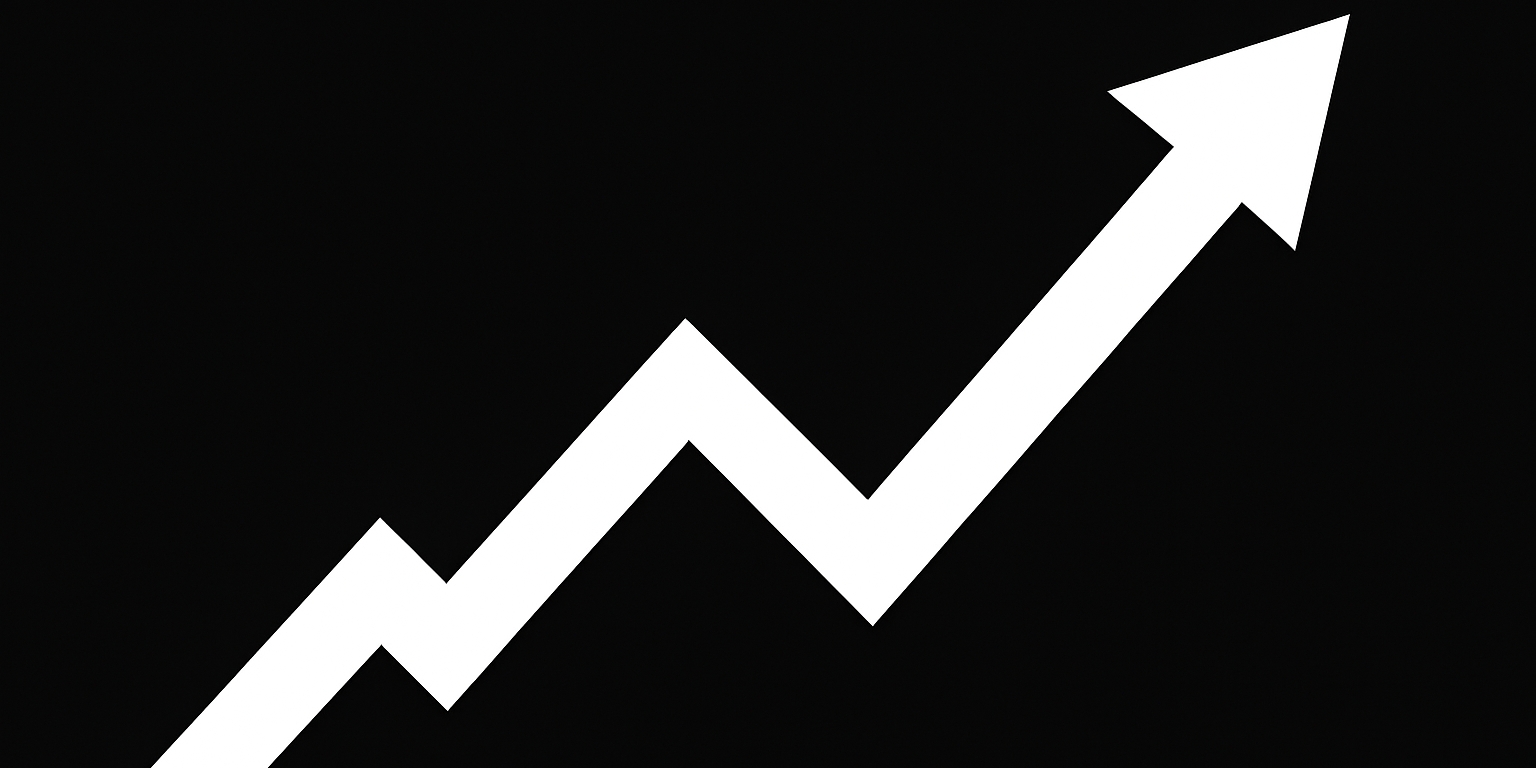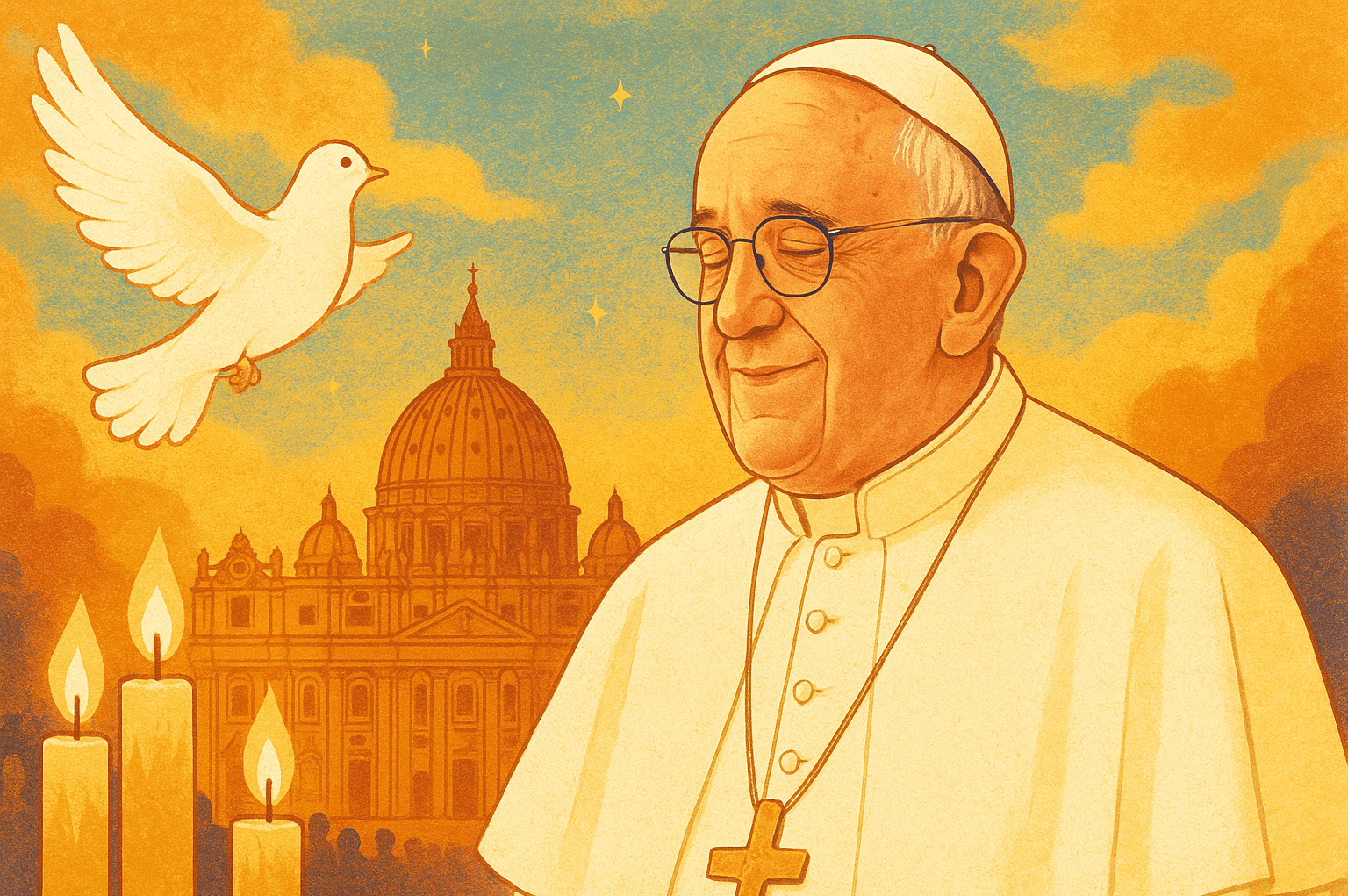The anti-quota protests which had been going on for quite some time in Bangladesh, took a violent turn after the ruling Awami League’s student wing, Bangladesh Chhatra League (BCL), attacked student protesters across the country. The movement had intensified across the country, leading to violent clashes, fatalities, and widespread disruption.
Earlier on the night of July 15, tensions intensified at the University of Dhaka (DU), Jahangirnagar University (JU), Jagannath University (JnU), Rajshahi University (RU), and Chittagong University (CU) as students came out of their halls to protest against PM Sheikh Hasina’s “disparaging comment” on labeling them as “Razakars.” During the press conference on 15 July, PM Hasina said in response to a journalist’s question, “Why is there so much resentment against the Liberation War and the freedom fighters?” In response to that, around 11 PM, hundreds of students staged protests, chanting, “Tumi ke? Ami ke? Razakar, Razakar! (Who are you? Who am I? Razakar, Razakar!).”
In Jahangirnagar University (JU), at around 7:15 PM, a group of BCL activists, led by the JU president of the BCL branch, attacked the protesting students at Bottala on campus. At midnight, BCL attacked the protesters again outside the former VC’s residence, but the VC and his supporters did not rescue them.
Prapti Taposhi, who was in the middle of the July 15 midnight attack at JU, said, “The students of Jahangirnagar University, who are demanding quota reform, were attacked during their protest yesterday; thus, we went to the vice chancellor’s residence to demand justice. When we arrived, hundreds of strangers supporting BCL and armed with machetes and other weapons attacked us. Other JU students helped us get to safety. As of now, we are still protesting.” However, fights intensified, leaving many of them injured and being referred to as the “JU Black Night.”
As of July 16 (7:30 pm), more than 400 people were injured over the last 2 days during attacks on protesting students who fought against the irrational quota in the government job system. At least six people were killed in different districts of the country; two were killed in Dhaka, three in Chittagong, and one in Rangpur. 297 were treated at the Dhaka Medical College Hospital.
July’s First Martyr
Meanwhile, footage and pictures of the killing of Abu Sayeed, a student from Begum Rokeya University Rangpur (BRUR), went viral. During the clash between police and protesters of quota reform, this 25-year-old English department student was at the forefront of the protesters and was killed by police gunfire. According to eyewitnesses, police fired directly at unarmed protesters.
A friend of the deceased Abu Sayeed, Anjan Roy, reported to the Prothom Alo that Abu collapsed to the ground after being hit by rubber bullets. “Blood was pouring from his nose. The ongoing clash caused delays in getting him to the hospital,” he added.
The killing of Abu Sayed was the first of the six deaths reported on 16 July’s movement and became. Sayeed was one of the key coordinators of the quota reform movement at BRUR. His death has sparked anger and frustration among the demonstrators, hailing him as a martyr.
Death Looming on Every Street
Simultaneously, in front of Dhaka College, one person was killed during clashes between the quota protesters and BCL activists. The victim died at Dhaka Medical College Hospital after being seriously injured by a sharp weapon.
The protesters have blamed BCL for the deadly violence. On the other hand, BCL President Saddam Hossain said more than 100 of its leaders and activists were injured during the violence. During a press briefing on Monday, 15 July, he said, “Those who openly identify as ‘Razakar’ must face consequences. Such individuals have no place in this country, and we have decided to politically confront the students protesting quota reforms.” BCL activists gathered at DU and other universities, accusing the protesters of being a part of BNP-Jamaat’s planned conspiracy. The presence of BCL activists on the streets, organizing counter-protests, escalated into violence.
Prior to this, at 4 PM, the protesters assembled at the Central Shaheed Minar as part of their pre-announced program, as a response to recent attacks by BCL members. With the demand of reforming the quota, they marched towards the VC Chattar of the University of Dhaka (DU). At around 8 PM, near the Shaheed Minar area, protesting students concluded the July 16 program. On the contrary, from 2 PM, BCL leaders and members took a position at the Raju Sculpture and TSC area, openly armed with iron rods, sticks, and helmets.
Additionally, students protesting the quota system gained momentum on 16 July as hundreds of private university and college students joined the movement, expressing their solidarity with public university students. Anti-quota protesters from North South University (NSU), Independent University Bangladesh (IUB), and International University of Business Agriculture and Technology (IUBAT) blocked in front of Jamuna Future Park in Kuril. At 2 PM, around 400-500 students of Northern University blocked the road in the airport area.
Amid the violent clashes of the quota reform movement, a wave of support emerged from Bangladesh’s cultural figures. Prominent celebrities expressed their solidarity on social media, criticizing the violent attacks on students. Veteran actor and freedom fighter Sohel Rana emphasized the quota’s removal and stated, “53 years have passed since the country’s independence. At this point, neither freedom fighters nor their children are of age to seek government jobs. So, I don’t see the need to keep the quota system active even now.” Meanwhile, director Ashfaque Nipun expressed solidarity with the students by uploading a powerful photograph of two female students being assaulted during the protests, saying, “Stand by the students.” Musician Ziaur Rahman, cartoonist Morshed Mishu, and YouTuber Salman Muqtadir directly supported the injured students. Their collective response against the violence and support for reform re-energized the movement.
At the same time, Obaidul Quader, the road transport and bridges minister, struck again, declaring that BCL would fight decisively against quota reform leaders who labeled themselves as and arrogantly stated, “The issue of the students will remain confined to the campus. But we will see who comes out politically in the open, and when that happens, we will be prepared to confront them.”
To weaken the movement, the government deployed Border Guard Bangladesh (BGB) troops and police personnel near Dhaka College’s main gate on Tuesday, 16 July. The BGB members were at first positioned in front of Dhaka College, but as the students marched forward, they moved back. Later, around 7 PM, both the police and the BGB came back to the college with riot vehicles. Chhatra League activists were also present alongside them.
At the end of the day, on 16 July night, coordinator Nahid Islam also urged DU students to take a stand against the Chhatra League and take control over the halls. Quota reform protesters declared they would not hold any programs due to Holy Ashura on 17 July, the following day.


